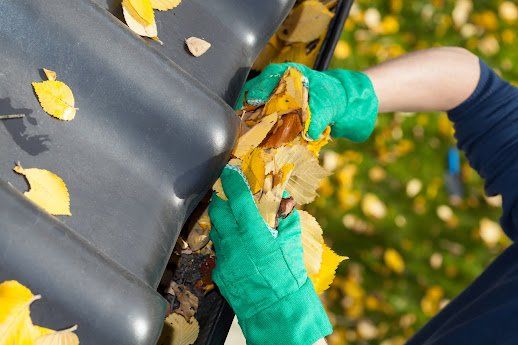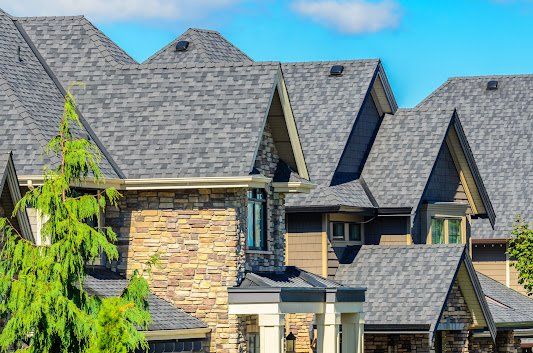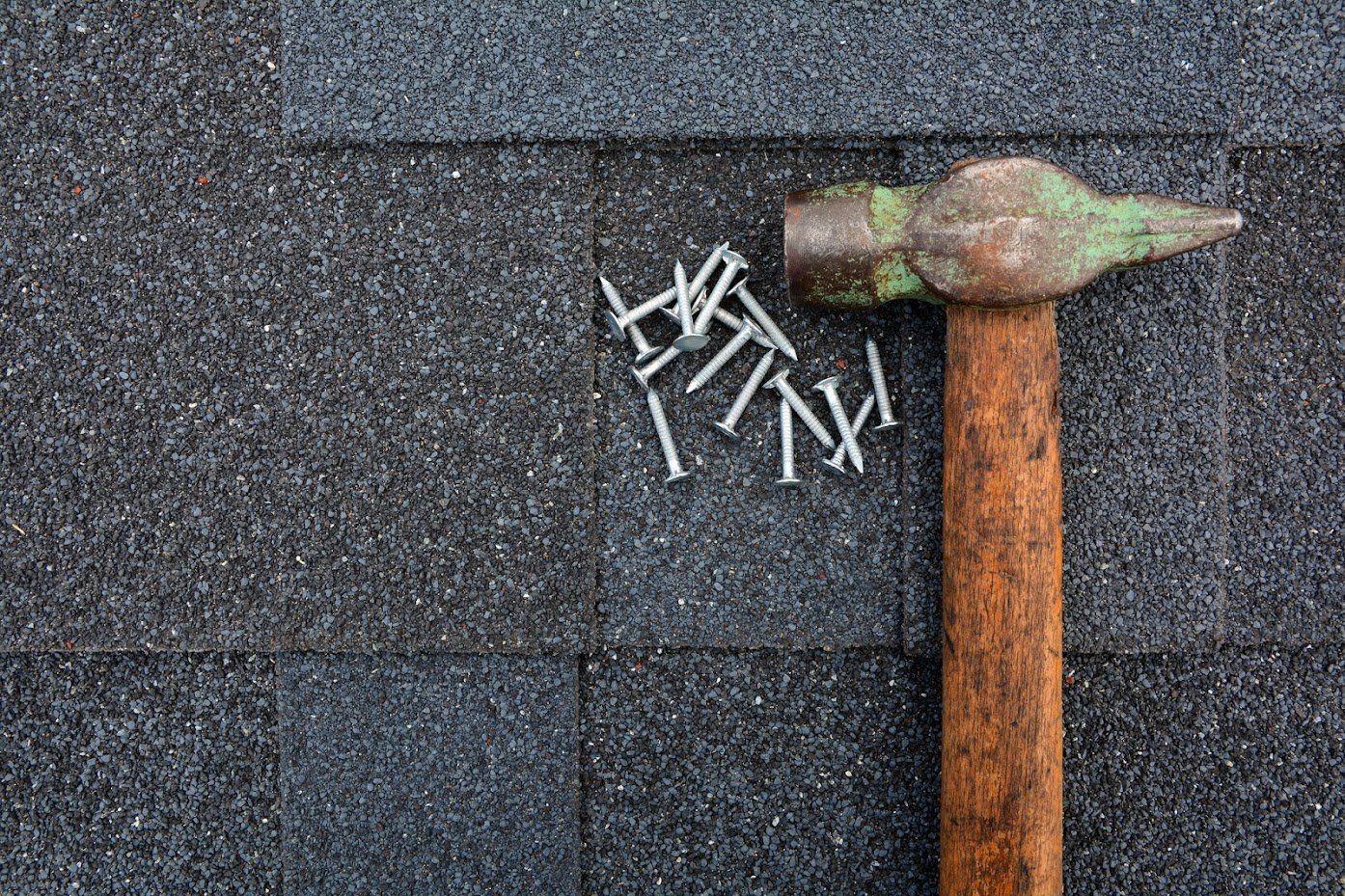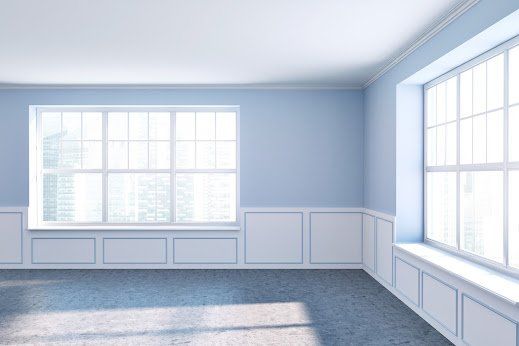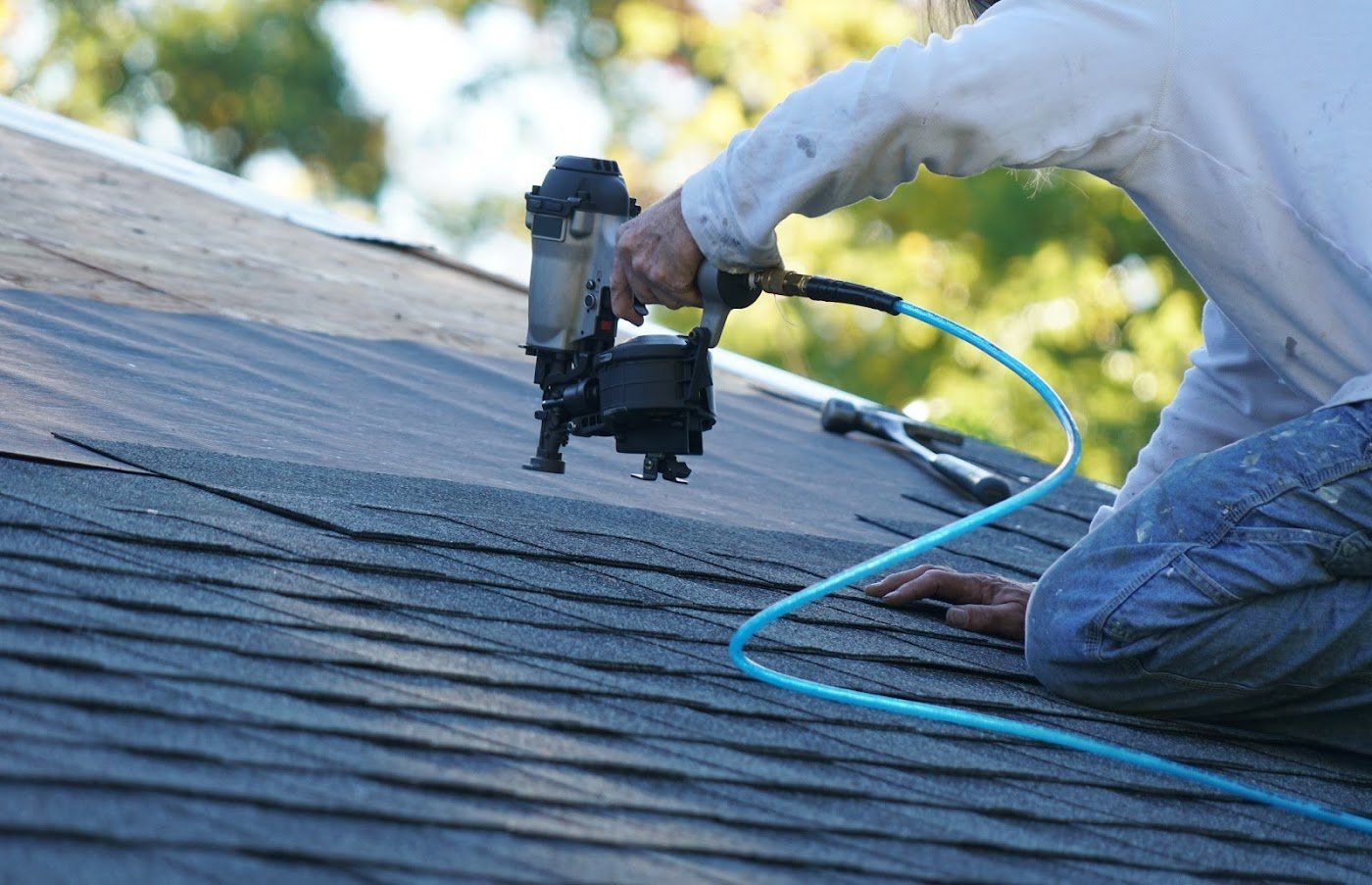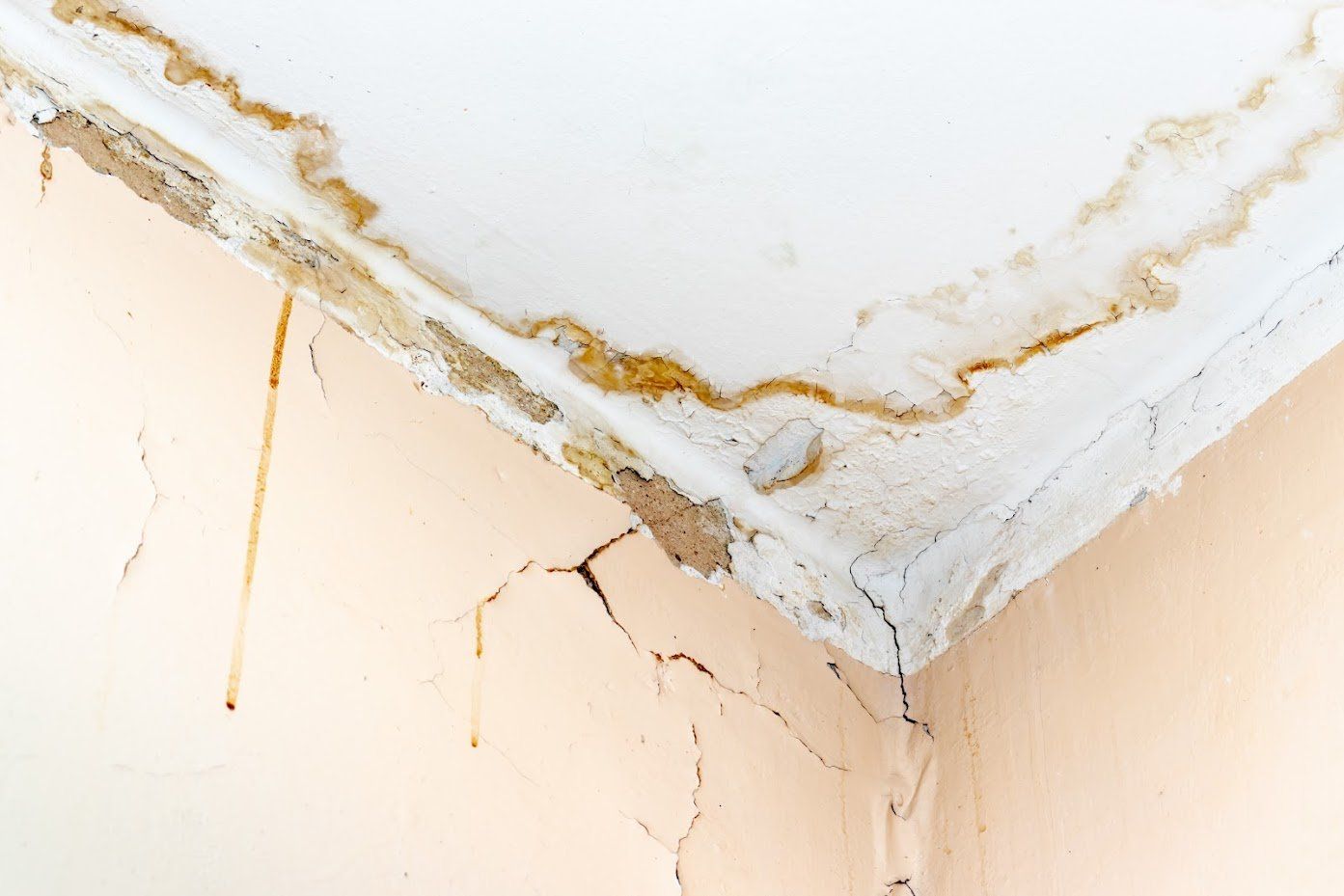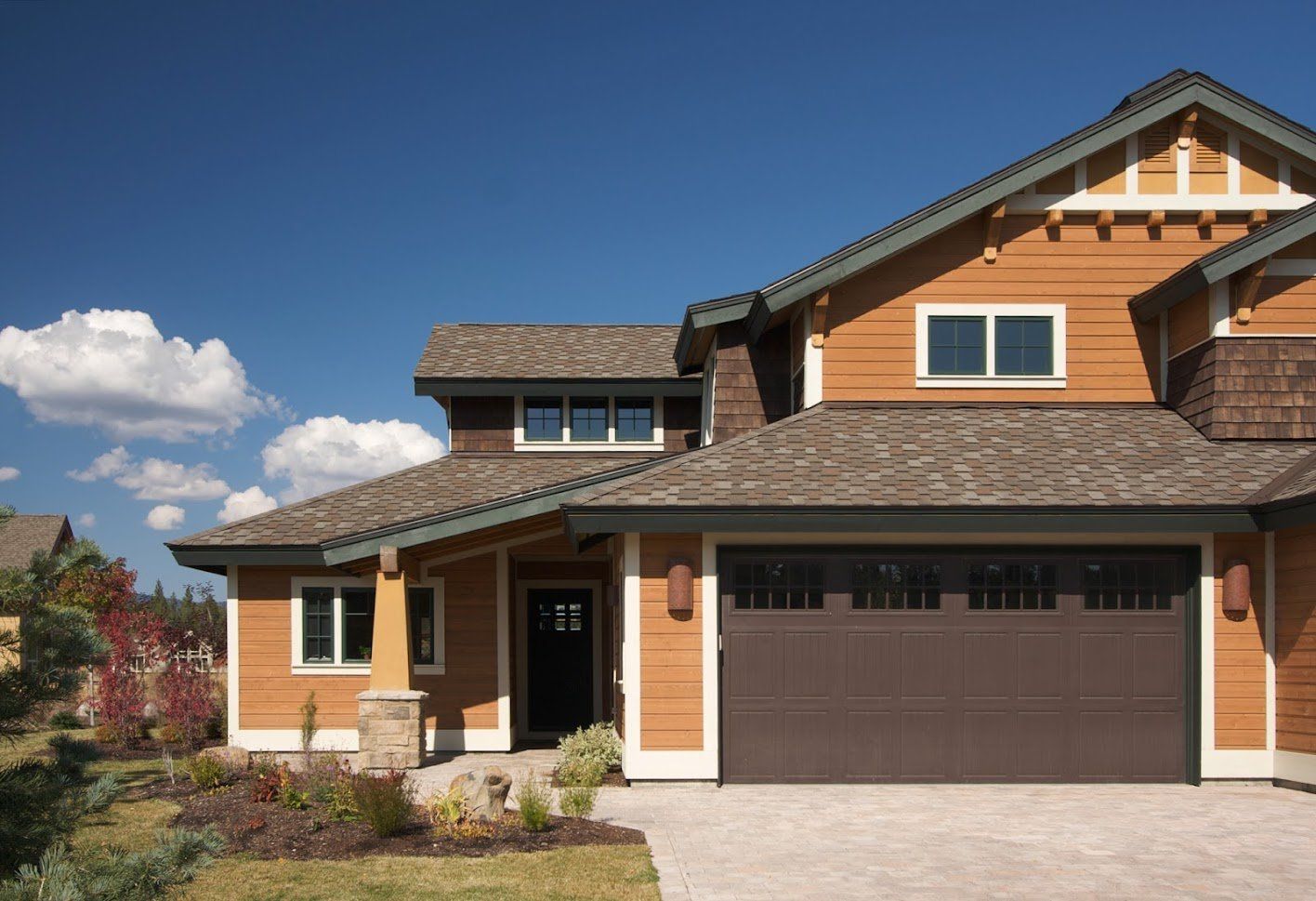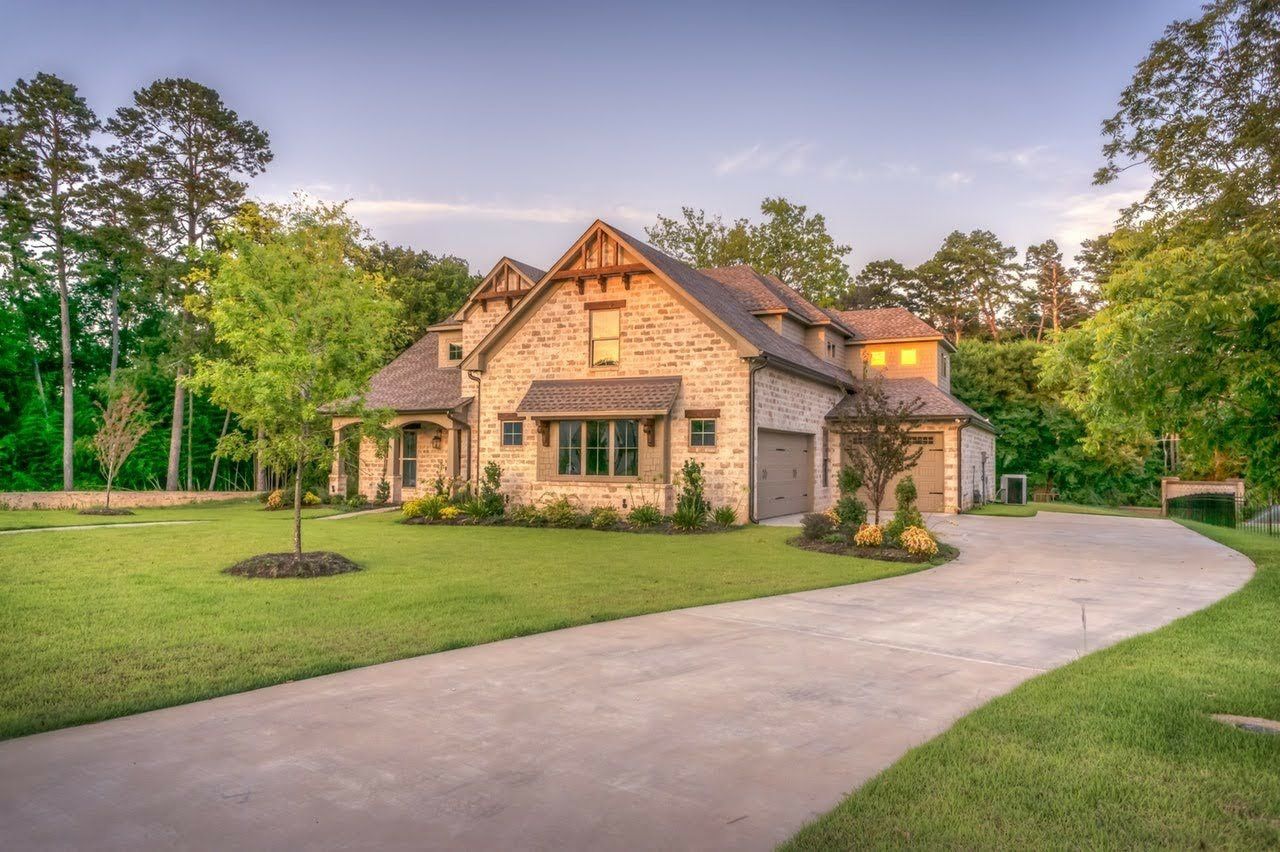4 Ways Water Can Get Through a Water-Resistant Roof
- By Admin
- •
- 06 Jul, 2019
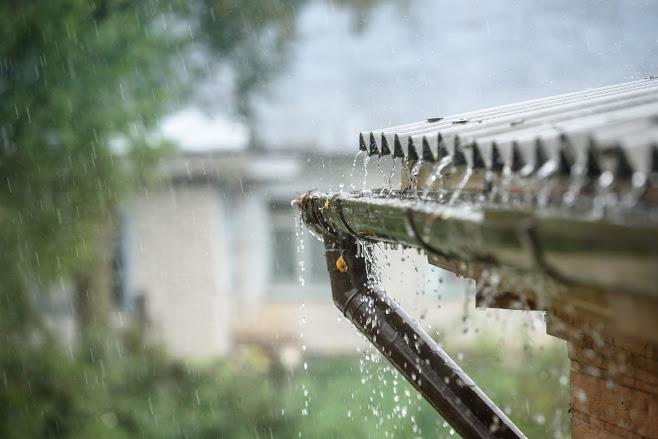
As you may know, roof coverings aren't invulnerable, and one of their biggest enemies is water. But roofs are designed to be water resistant, so how does the water get in? Here are four common ways water may be sneakily infiltrating your roof even though it's designed to shed water.
1. Sneaking Around the Edges
Even if your roofing material itself is absolutely waterproof, there are always plenty of edges to attack. For instance, the eaves at the lower edge of the roof are vulnerable to things like water vapor and water wicking up under the edge as it drips off. That's why every roof should have drip edge flashing installed.
Other edges commonly found on roofs include not only the edges of the house itself but also the borders of roof penetrations (such as skylights, dormers, chimneys, vents, and solar panel installations) and any lines where a vertical wall rises out of the roof. All these areas need special flashing to keep the water out, and they're still among the most common leak sites.
2. Driven Under Shingles
You may have heard the term wind-driven rain to describe rain that blows up under your eaves. Because it's being pushed by the wind, this rain doesn't fall harmlessly to the ground as usual. Instead, it may venture up under the eaves, past the drip edge flashing, and damage your fascia and roof deck. Or it may even make its way between the shingles.
Asphalt shingles are designed with an adhesive strip to hold each row of shingles flat down against the next row of shingles. However, if the wind is very strong, it may blow the edges of the shingles up so wind-driven rain can even more easily slide between the shingles and reach the roof deck.
3. Pulled Through Shingles
In a low slope leak, the water pools on your roof long enough that gravity starts pulling it down through the shingles rather than precipitating it off the roof to the ground. You may think that you aren't in danger of this type of leak if your roof isn't flat, but that's not the case. The same mechanism can cause leaks in a variety of situations on a pitched roof.
One common spot for a low-slope area on a pitched roof is in a roof valley. The spot where the bottom edges of two peaks come together is often a low-slope valley. Another potentially low-slope spot where water may collect is behind a chimney. If water collects behind your chimney, you may need a chimney cricket to divert water around the structure.
4. Stuck Behind an Ice Dam
Ice dams are common in cold climates and can cause catastrophic water damage. That's because when a large enough dam of ice forms at the roof's edge, it can hold a great deal of water in place. Then all the water has to do is soak through the roofing materials and it'll be able to flood your attic.
Typically, ice dams form more easily and often if the underside of your roof is warmer than the outside. Therefore, to avoid ice dams, you may want to focus on insulating your attic (to keep warmth from your heated home from escaping to the attic) and increasing ventilation. Better ventilation carries more cold air in under the roof deck and allows warmer air to vent out easily.
As you can see, water has many ways and means to attack your roof, and it's not always straightforward. If you've noticed signs of water damage in your living area or attic or if you suspect your roof has recently sustained storm damage, get in touch with Ratliff Enterprises, Inc., today and we'll help you get to the bottom of it.



